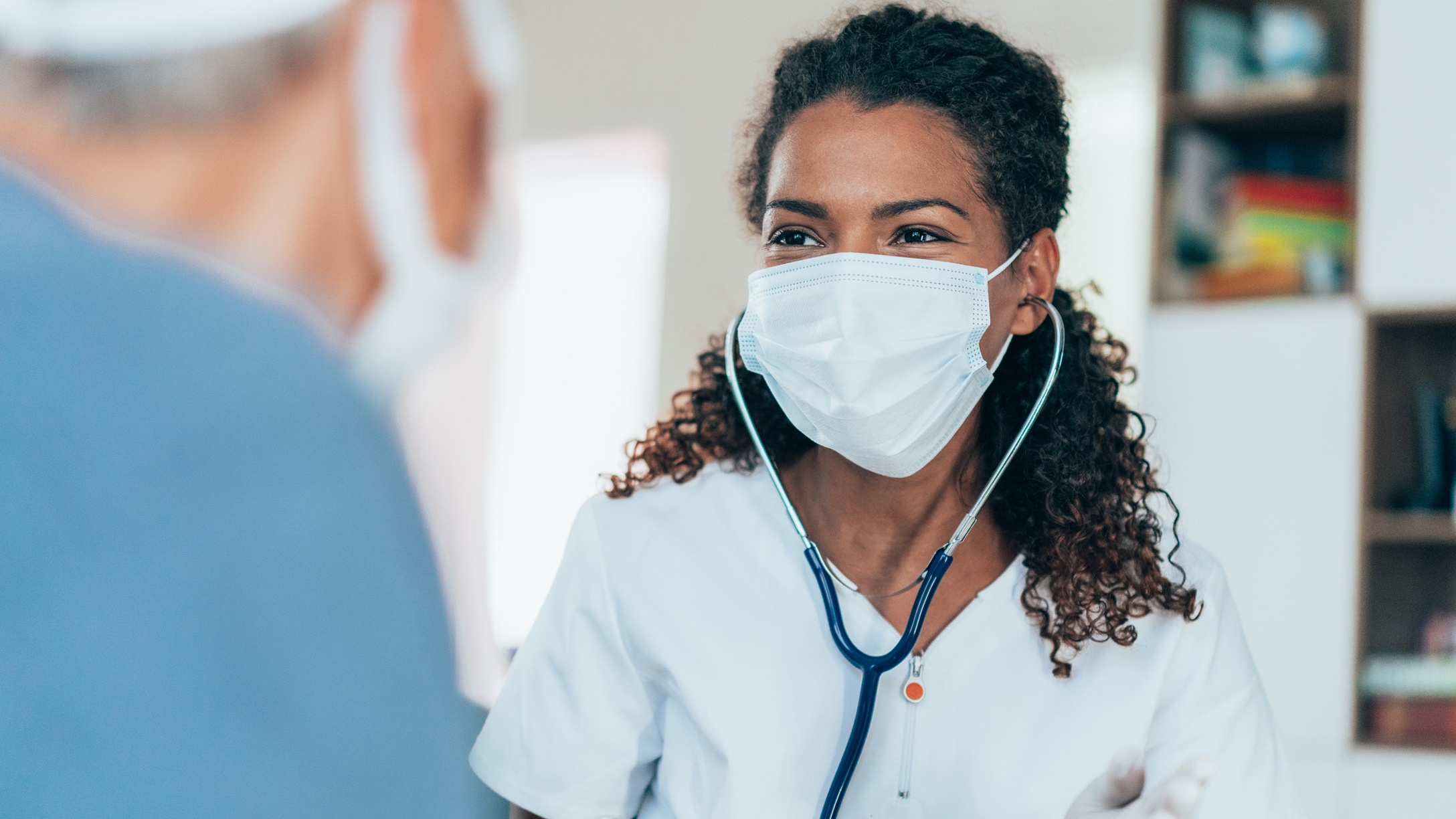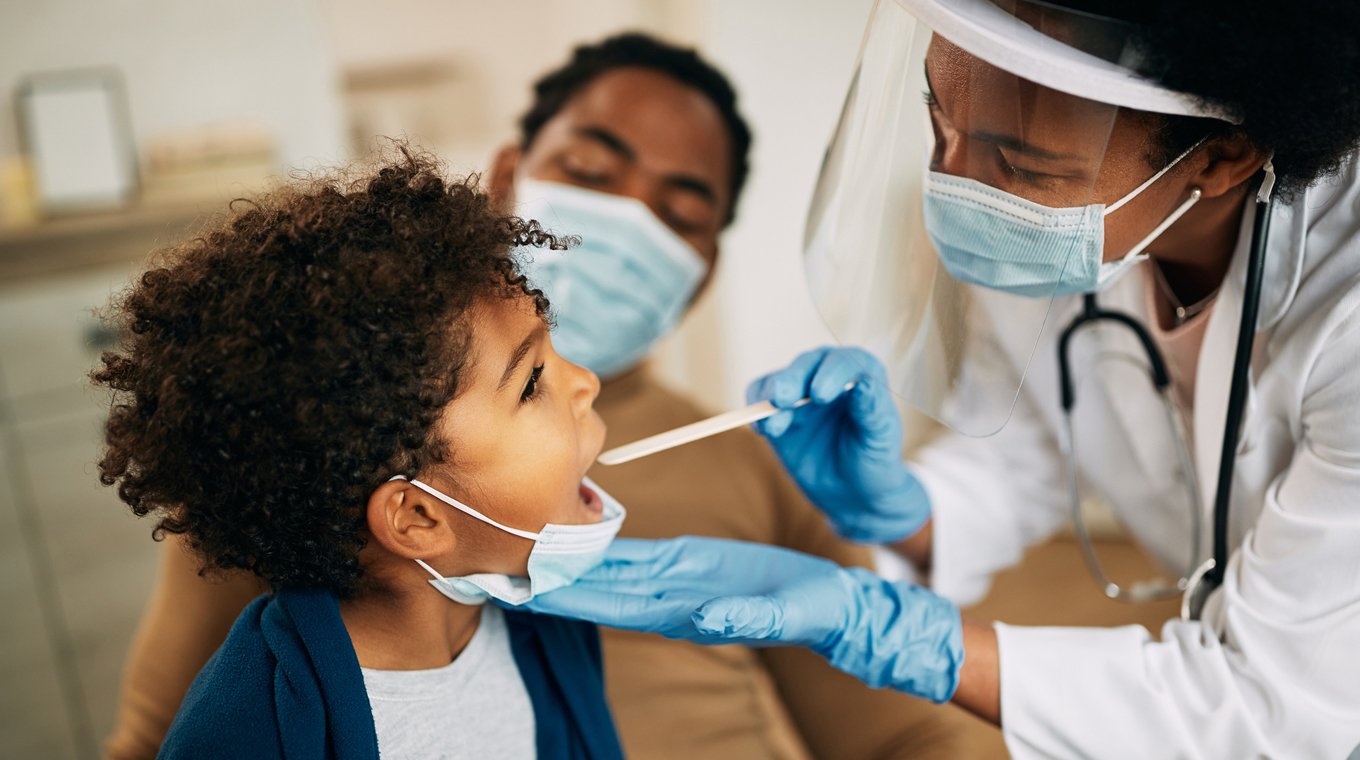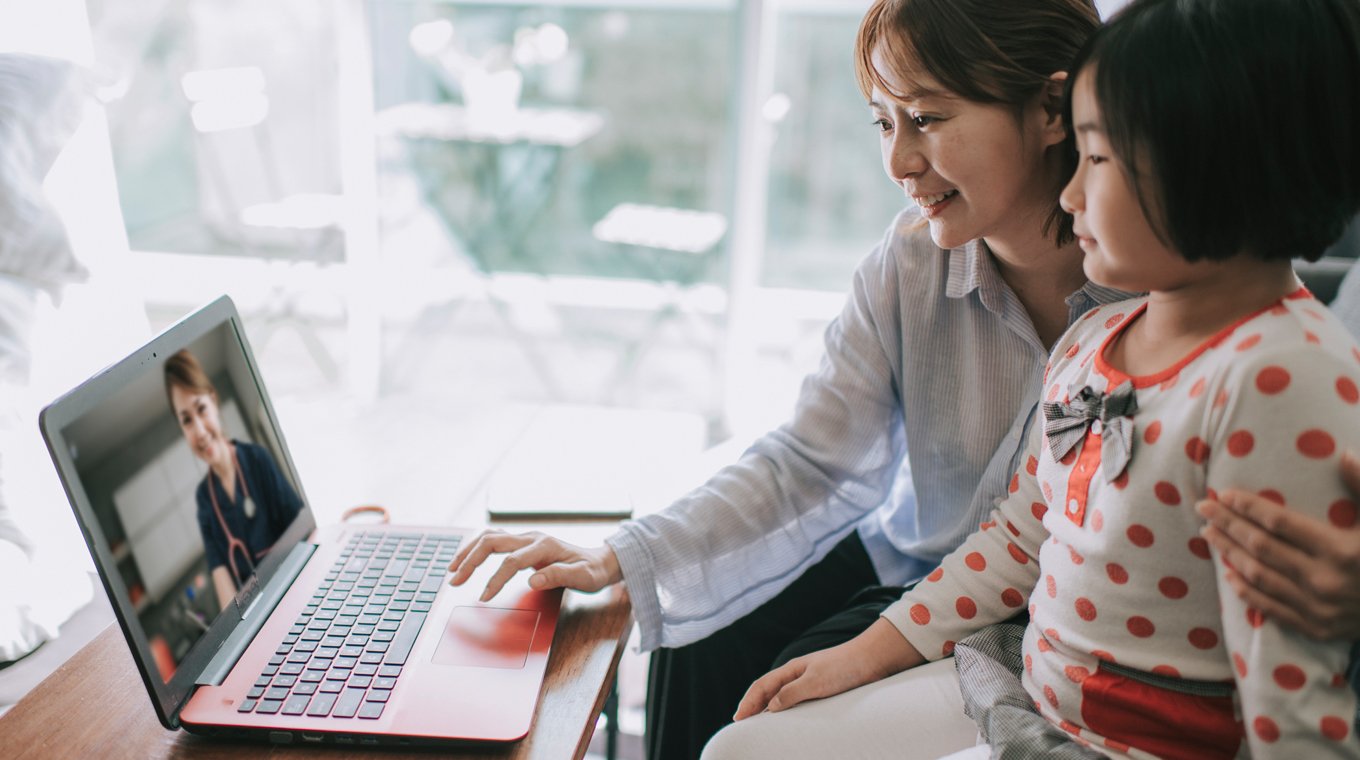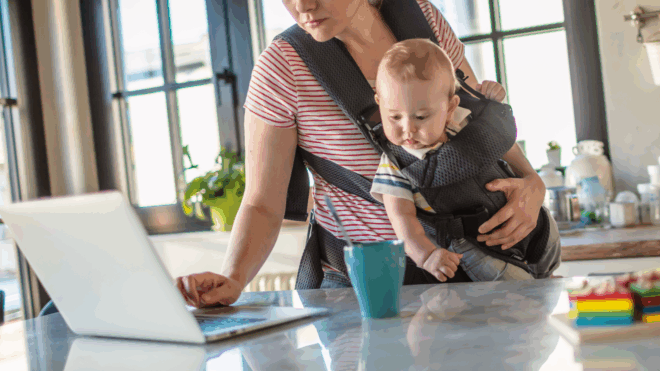
In this article
Having a doctor visit after COVID restrictions have been put in place has changed the way we go to doctors and get medical care. To reduce exposure, most medical offices are doing telemedicine when possible. Those who had lagged in developing this technology prior to COVID hitting had a hasty learning curve to get up to speed with technology.
As a patient, the changes left a lot of uncertainty in what care you could get during the initial stages of the pandemic. Things have since changed, with medical offices opening up and hospitals doing more procedures.
What has really changed in a year of COVID and what can you expect when going to the doctor?
Where we were one year ago: Regulations by state were common

Every state has had a different timeline when addressing the pandemic, but all states set orders in place to eliminate nonessential services and procedures. When the pandemic started, I was dealing with a pinched nerve in my neck that was being evaluated for surgery. Once lockdowns were implemented, my state became hyper-aggressive about canceling anything that wasn’t COVID-related or a medical emergency. My physical therapy was canceled and my surgery was delayed. My doctor followed up with me via online doctor services.
When the initial panic subsided, I was lucky because Hawaii was not a hot spot for COVID. In fact, we had a good handle on cases for a long time. I was scheduled for the final cortisone shot to try before scheduling surgery. If I had been in a state like New York, I would not have been able to get that shot when I did.
For doctors like Inna Husain, MD, who had no option but to continue seeing patients, they had to take other precautions. “I am a laryngologist who specializes in surgery of the upper airway. Every condition I treat would put me at increased risk of COVID exposure due to aerosolization,” Husain told Mom.com. “I had to completely revamp my protocol for how I saw patients to keep both myself and them safe. Not seeing patients was not an option.”
Where we are now: Online doctor services

Although many doctors are now seeing patients again, telemedicine has hit its prime. But as mom of two Debbie Miranda found, virtual visits do have their limitations. “I got bloodwork back and my doctor wanted to review it with me. The video conferencing wasn’t working, and she wouldn’t give me the results over the phone,” she told Mom.com. “It was frustrating since she wanted to talk to me about it.”
It would seem like a simple thing to just have a phone call in place of a video conference. As it was explained to Debbie, insurance carriers are not allowing doctors to bill phone hours when a telemedicine visit was scheduled. This has to do with compliance with HIPPA laws and the security of online doctor services compared to a phone call.
Going forward: Virtual visits and online communication will continue

Online communication is likely going to stick around indefinitely. More and more doctors agree that telemedicine isn’t going anywhere. While you can still go to the doctor and have an in-person visit for urgent and emergency situations, more doctors will continue to use online communication as much as possible. There are a few reasons for this.
The first is patient demand. People like the convenience of not having to go to an appointment with the commuting and parking involved, especially with young kids in tow. Plus, people feel less exposed to germs when having an appointment from the convenience of home.
The second is the convenience of online appointments. Clinicians are better able to manage patient schedules. Doctors agree that it allows them to better focus on patient care and it maximizes the time doctors can spend with in-office patients as well as at-home consultations.
Technology continues to improve in the field making the process easier. By giving doctors more tools in online services, they are able to improve the service provided to patients. It makes an online doctor’s appointment feel more like a regular doctor’s visit.
Online communication also helps serve an underserved community. The Black and Hispanic communities are able to get care with a smartphone where they might previously not been able to make it to a doctor’s office. This simply helps more people get coverage.
But don’t worry: It won’t be all online communication. Doctors and medical facilities are already working with significant in-person schedules and don’t show any signs of slowing that down.







